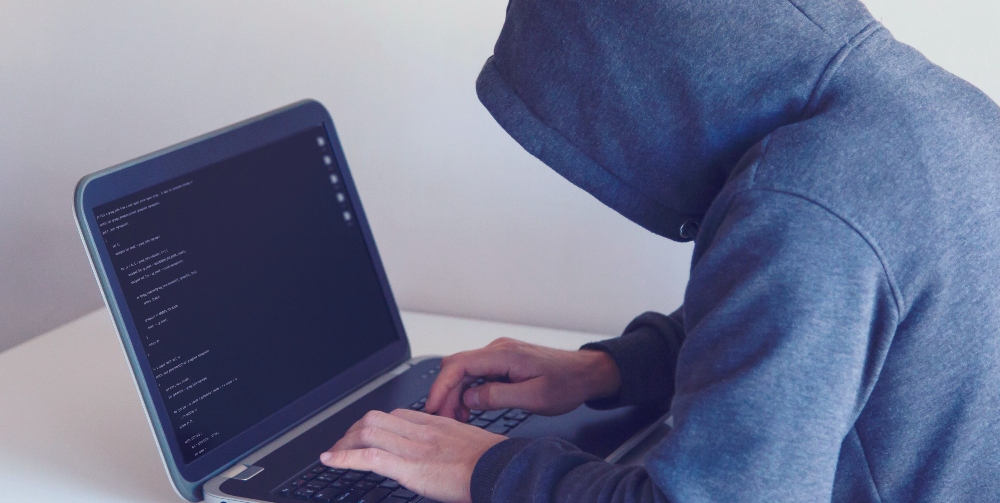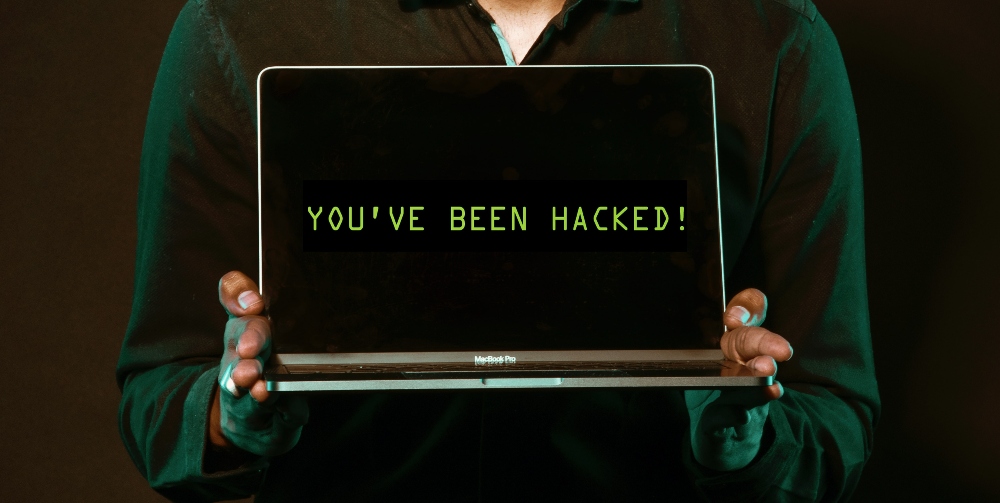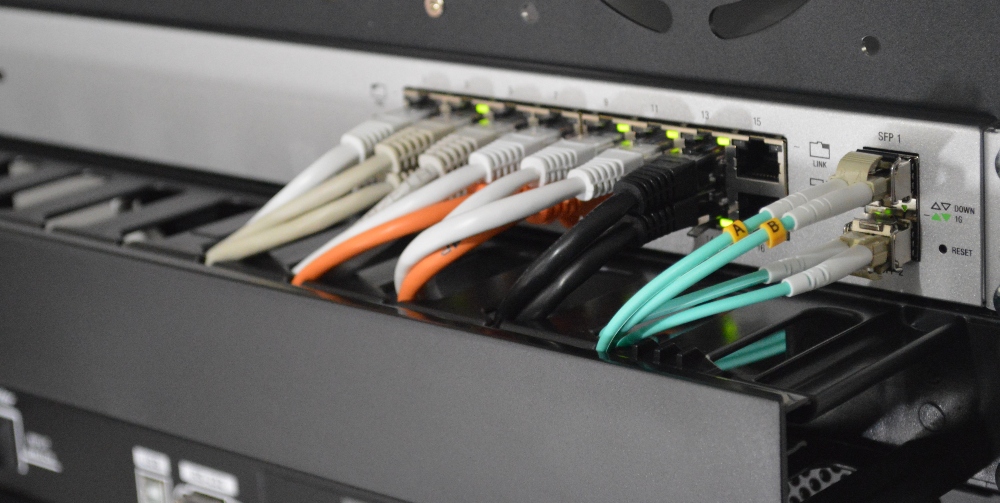
What Is Cyber Threat Hunting? Your Cybersecurity Guide
Technology Solutions
Organisations should always be diligent when it comes to possible cyber attacks, which includes engaging in cyber threat hunting.
There are lots of tactics, methods, and technologies that are rapidly evolving, which allows hackers to continuously have the upper hand.
Once they are inside of your network, they can lie undetected for months, quietly collecting important data which they can then use against you. They could also obtain important credentials which allows them to move through your network without being noticed. With the rise of ransomware, we have also seen troves of data being exfiltrated. Sometimes hundreds of gigabytes and even terabytes.
If they are successful in evading detection, and have already penetrated your security system, there is no stopping them.
Whilst no security system is impenetrable, you need to give your organisation the very best chance of defending itself by searching for any hidden threats.
That’s why cyber threat hunting is an integral part of your cyber defense strategy and puts you one step ahead.
In this post we’ll explain exactly what cyber threat hunting is and the different techniques you can employ to remain cyber offensive.

What Is Cyber Threat Hunting?
Cyber threat hunting involves proactively searching for cyber threats that are hiding in your network. The aim is to find these weaknesses and resolve them, before they can cause serious damage.
Cyber threat hunting is often compared to the traditional hunting of animals. Just as these hunters use their knowledge of an animal’s habits and movements to capture them, cyber threat hunters use their knowledge of how hackers operate to find signs of an attack.
Unlike other security strategies, threat hunting is a proactive approach that combines the data and capabilities of an advanced security solution, with the strong analytical skills of threat hunting professionals.
This technique differs from both incident response and digital forensics as the purpose of these methodologies is to determine what happened after a data breach has already come to light.
However, with cyber threat hunting, the aim is to search for attacks that may have already slipped through the net.
Threat hunting also differs from activity such as penetration testing and vulnerability assessments as these simulate an attack from the outside.
In contrast, cyber threat hunters assume that an attacker is probably inside your IT network and then search for indicators of compromise, lateral movement, and other signs that provide evidence of attack behaviour.
What Are Cyber Threat Hunting Techniques?
There are a variety of techniques that can be used when it comes to cyber threat hunting, to help analysts identify malicious activity on an organisations network.
Below, we have outlined some of the most common cyber threat hunting techniques:
Using logs and alerts to identify any suspicious activity
This is one of the most common cyber threat hunting techniques and involves reviewing all of the logs and alerts that have been generated by the organisation’s security devices. This includes things such as firewalls, intrusion detection systems, and antivirus software.
As a result of this, security analysts are able to pin-point any activities that have malicious intentions.
Using network data to identify abnormal activity
This technique involves analysing the data that is collected by network monitoring tools, including intrusion detection systems and firewalls.
Through this process, analysts can identify any activities that are deemed abnormal for the organisation’s network. This enables them to identify malicious activity that may have gone unnoticed when reviewing logs and alerts.
Using sandboxes to analyse suspicious files
This technique involves running suspected malware files in a sandbox environment to see what actions they take.
As a result of this, analysts can determine whether the files are malicious or not, which helps them identify malware that has gone undetected by other techniques.

Cyberthreat Hunting Exercises
Organisations can perform cyber threat hunting exercises to improve their ability to identify malicious activity.
After all, by knowing what to look out for, you’re much better prepared when it comes to preventing a cyber attack in the real world.
Waiting for an attack to happen isn’t the right approach. You need to be proactive and search for any abnormalities lurking in your network. This gives your organisation the very best chance of defending itself against potential hackers.
Cyber threat hunting exercises involve simulating a cyber attack on an organisation’s network and then using the techniques outlined above to identify the malicious activity.
As such, this helps your organisation respond to a real cyber attack, by identifying any yet-to-be discovered malicious activities that could lead to a fully blown breach.
The process of proactive cyber threat hunting usually involves five steps which we’ve outlined below.
Step 1: Hypothesis
Threat hunting starts with a hypothesis about the hunter’s ideas of what threats they might find, and how they plan to identify them.
A hypothesis can include a suspected attacker’s tactics, techniques, and procedures (TTPs). Threat hunters use a range of threat intelligence, environmental knowledge, and their own experience to work out how they plan to detect the problem.
Step 2: Collect and Process Intelligence and Data
Hunting for threats requires quality intelligence and data. Therefore, there needs to be a plan for collecting, centralising, and processing data. Security Information and Event Management (SIEM) software is very useful and can keep a record of activities in an enterprise’s IT environment.
Step 3: The Trigger
A trigger signposts cyber threat hunters to a specific system or zone of the network to investigate further when advanced detection tools identify abnormalities that may indicate malicious activity. A hypothesis about a new threat might be the trigger for proactive hunting. For instance, a team may search for advanced threats that use tools such as fileless malware to evade existing security defenses.
Step 4: Investigation
During the investigation phase, threat hunters use technology such as EDR (Endpoint Detection and Response) to explore potential malicious compromise of a system. The investigation continues until the activity is deemed safe, or a complete picture of malevolent actions has been established.
Step 5: Resolution
This phase involves communicating relevant malicious activity intelligence to the operations and security teams so they can respond accordingly and mitigate threats. This intel may trigger an incident response, which is a conversation for another blog. The data acquired from both malicious and safe activity can be fed into automated technology to improve its effectiveness without further human input.
Throughout this process, cyber threat hunters collect as much information as possible about an attacker’s actions, methods, and goals.
They also analyse data to determine trends in an organisation’s security environment, eliminate current vulnerabilities, and make predictions that can improve their security defense system in the future.

What Are the Different Types of Cyberthreat Hunting?
There are many different types of cyber threat hunting, which we explore in more detail below:
Adversary simulation
This is based on adversary research that can mirror real-world attackers. By creating a simulated environment, organisations can pin point potential weaknesses in their security systems before they are executed by genuine attackers.
Network monitoring
These tools check for any abnormal user activity within a network, so that it can quickly spot suspicious behavior and alert security teams who will investigate further. Common examples of networking monitoring tools include data loss prevention (DLP) technologies and intrusion detection/prevention systems (IDSs/IPSs).
Advanced analytics
These technologies use comprehensive algorithms to reveal insights and information about an organisation’s network activity patterns. Advanced analytics may be used to strengthen existing security defenses, and can also be used to make predictions about future threats.
Threat intelligence sharing
Threat intelligence involves your security team sharing the knowledge they have gained from previous cyber attacks in the real world. Therefore this is a critical tool, as organisations can leverage the collective knowledge and experience of security experts to better understand cyber threats. As a result, they are better positioned to protect their organisation moving forward.
Data analytics
Data analytics rely on machine learning and natural language processing technologies to gain insights into an organisation’s historical data. This allows your security team to spot any patterns or abnormalities, understand user behaviour, provide guidance for response plans, and make predictions about future threats.
Intelligence gathering/attribute acquisition
Threat intelligence platforms collect information from multiple sources so organisations can detect new threats quickly and effectively. This information is only made available once it has been evaluated in the context of its source and reliability, and rigorously analysed by cyber security experts.

Top tips to improve your threat hunting
Data breaches and cyberattacks cost businesses billions of dollars each year.
Aside from the financial loss, a cyber attack can also result in private information being exposed such as contact details, addresses, medical records, and national security secrets.
Whilst each organisation is unique in terms of the impact of a data breach, every organisation has information that is vulnerable to cyber attacks.
Therefore, understanding how to protect your business from potential breaches is vital.
When it comes to cyber threat hunting, the tips below will help direct your hunting activities:
1. Established what is ‘normal’ for your organisation
It’s crucial you understand what is deemed as ‘normal’ for your organisation as this allows you to spot suspicious patterns early on. Threat hunters need to effectively identify anomalous activities and recognise real threats before they escalate.
To achieve this, the threat hunting team collaborates with key personnel both within and outside of the IT department to collect valuable information.
As such, this enables them to determine what is an actual threat and needs to be resolved, compared to what activity is unusual, but safe.
2. Observe, Orient, Decide, Act (OODA)
This strategy is borrowed from the military, but is in fact very helpful when it comes to cyber threat hunting.
To break this down, OODA stands for:
- Observe – Regularly collect logs from IT and security systems.
- Orient – Cross-check the data against existing information. Analyse and search for possible indicators of a cyber attack.
- Decide – Depending on the incident status, identify the correct course of action.
- Act – If a cyber attack happens, execute the incident response plan. Use what you have learned, and take measures to prevent similar attacks in the future.
3. Have sufficient resources and tools in place
For you to maximise your cyber threat hunting activity, it’s important you have sufficient resources.
It’s absolutely key that a threat hunting team has enough of the following:
- Personnel – a threat hunting team that includes at least one experienced cyber threat hunter.
- Systems – it’s important you have a basic threat hunting infrastructure that collates and organises security incidents.
- Tools – you need cyber security software that is designed to identify unusual activity and find hackers.

Should You Enlist the Help of A Managed Cyber Threat Hunting Service?
Whilst the purpose behind cyber threat hunting is clear i.e. to find malicious activity that has gone undetected, it can be very difficult to find the correct personnel who can conduct the exercise effectively.
To give your organisation the very best chance of protection, you need a cyber security expert who has ample experience in combating cyber adversaries. As such, this isn’t easy – and it doesn’t come cheap.
To add to this issue, there is a major skills shortage in the cybersecurity industry when it comes to threat hunting, which worsens the problem even more. In addition, many organisation are choosing to automate their techniques, tactics, and procedures to evade preventative defenses.
This allows security teams to stay up to date with cyber attacks and also automates their manual workloads, meaning they can concentrate on other tasks. Incorporating automation brings huge benefits to the cyber threat hunting processes, and helps SOCs better utilise their staff and resources.
This is where TLR comes in…

What Is the SETH and How Can it Help With Cyber Threat Hunting?
The SETH allows you to identify breaches in your network and infrastructure and automatically resolve them.
There is a component of log collection which supports SIEM functionality. There also is a threat intelligence module that can interact with your existing feeds and help detect traffic communicating to, or from, known malicious hosts.
On top of this, there is a DNS managing module that will detect malicious look ups and can report and even block them, which helps to prevent an incident from progressing.
There is also an automated Threat Hunter Module which can launch when there is malicious activity. This bot will then go on to collect information about the malicious activity and quickly gather information, which saves the threat hunter precious time compared to manual effort.
The SETH allows your teams to stay up-to-date with the latest in cyber security and remain one step ahead.
“Our SETH product is used on a daily basis to help our team protect the network for an international defense contractor. In the current environment, this industry, and this client in particular is constantly being probed. We detect these connections, report on them, block them, and deploy our hunt bot to further investigate. Once we get the results from SETH, we can confidently say whether or not more work is needed. So far, it’s managed to stop everything we’ve detected.” – Dave Roberts
There are various benefits of using the SETH, including:
- Less human intervention – Maximise IT departments time by freeing them from manual, tedious tasks. This allows them to focus on the bigger picture.
- Security peace of mind – Automatically find and rectify issues before they become critical problems.
- Save time and money – Maximise uptime by automatically finding and fixing issues that could eat up valuable IT time.
- Quick and real-time fixes – Automatically find and resolve suspicious behaviour in networks quickly and effectively.
Essentially, it allows you to remain cyber offensive, whilst better utilising your IT team.
What Is Cyber Threat Hunting? Your Cybersecurity Guide
Cyber threat hunting is a proactive approach that allows you to find security breaches, weeks or even months, before they would have been detected by other tools.
This limits the opportunity for hackers to penetrate your network and coordinate data exfiltration operations that ultimately lead to serious security breaches.
Essentially cyber threat hunting bridges the time gap between detecting a cyber incident, and responding to it.
The sooner you are made aware of any suspicious activity, the sooner you can act, which reduces the damage caused by the cyber attacks.
Therefore, cyber threat hunting should never be an afterthought and should be an important part of your cyber defense strategy.
As we’ve covered, TLR can automate this process for you, by monitoring your infrastructure to spot any issues at an early stage. To find out more about how our team of experts can help, simply get in touch.


